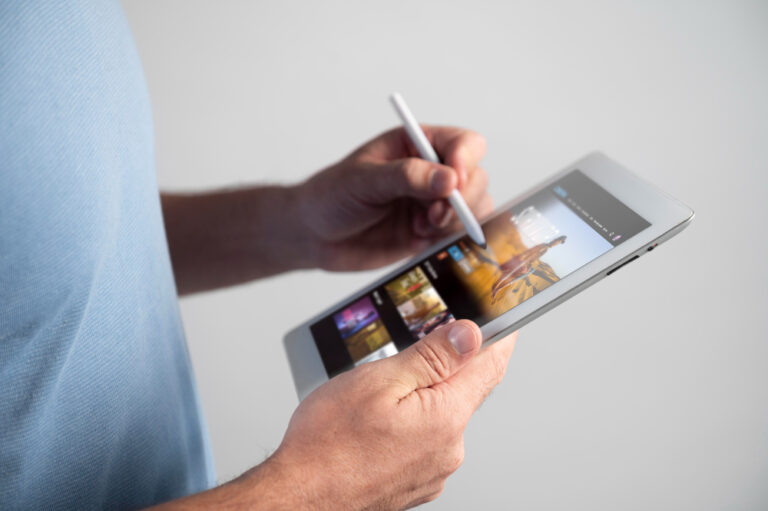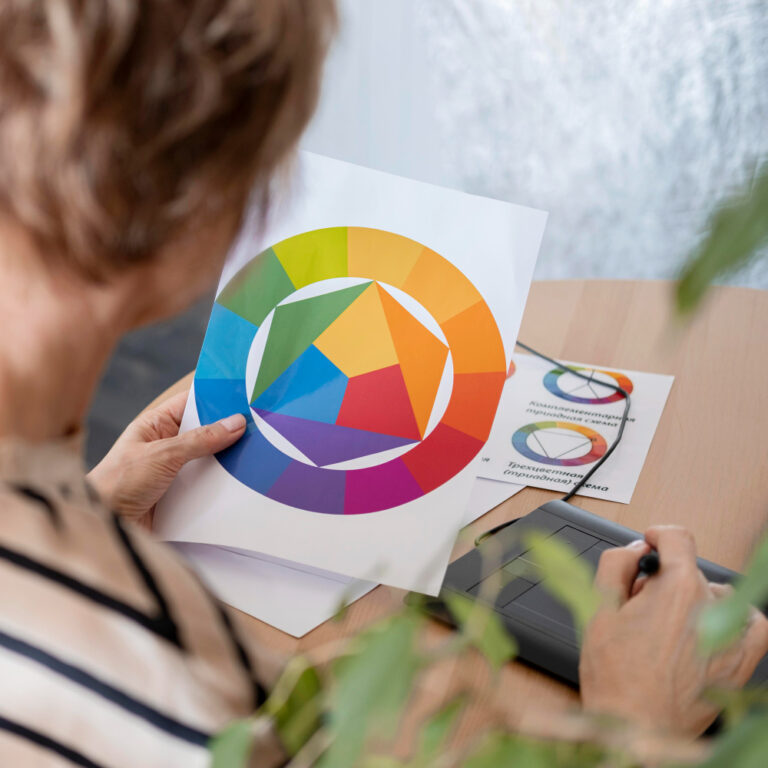What Is Typography, and Why Is It Important? A Beginner’s Guide
Typography – it’s more than just selecting a font for your text. It’s an art, a science, and a language of communication rolled into one. In this beginner’s guide, we’ll embark on a journey to unravel the fascinating world of typography. From understanding the very definition of typography to exploring its role in art, design, and branding, we’ll delve deep into the subject. Prepare to be captivated by typography’s artistry and its significance in today’s visual landscape.
Typography Definition: The Language of Lettering
At its core, typography is the art and technique of arranging type to make written language legible and visually appealing. It’s the fine balance between aesthetics and functionality that transforms plain text into expressive communication. Typography encompasses not only the selection of fonts but also considerations like spacing, sizing, and alignment. It’s the language of lettering that allows words to speak not just through their meaning but also through their visual presentation.
The Artistry of Typography
Typography is a canvas for artistic expression. It’s where creativity meets clarity. As you delve deeper into this art form, you’ll discover that typography is about more than just reading words – it’s about experiencing them. It’s about selecting the perfect typeface to evoke a specific emotion, whether it’s the elegance of a serif font or the modernity of a sans-serif. Typography is about embracing the artistic freedom to craft unique letterforms and experiment with styles. It’s about turning text into a visual masterpiece that captivates and resonates.
Typography Design: Crafting Visual Harmony
In the realm of graphic and web design, typography design holds a revered place. It’s the backbone of visual harmony in any design project, be it a website, a poster, or a logo. The way you arrange letters and words can make or break the impact of your design. Typography design is about selecting the right fonts, establishing hierarchies, and ensuring readability. It’s about using various typefaces to create contrast and guide the viewer’s eye. Typography design transforms information into an experience, telling a story through the deliberate placement of every letter and symbol..
Typography Examples: Learning Through Observation
One of the best ways to grasp the power of typography is by exploring real-world examples. From iconic logos like Coca-Cola’s script font to classic book covers with elegant serif typefaces, typography examples are all around us. Each example showcases how typography can convey different moods, eras, and brand identities. Take the time to study these examples, and you’ll gain insights into the nuances of typography’s visual language.
Typography Logo: The Identity of Brands
Your brand’s identity is often encapsulated in its typography logo. Think about the distinctive font used by Disney or the playful letters of Google’s logo. Typography logos are the face of a brand, and they communicate its personality and values. Crafting a typography logo involves selecting a font that aligns with the brand’s identity and meticulously designing the letterforms to create a unique and memorable mark. It’s a process that combines artistry and branding strategy to leave a lasting impression.
The Importance of Typography
Now that we’ve delved into the artistry, design, and examples of typography, let’s underscore its importance in greater detail.
- Visual Impact:
Typography serves as the gateway to an exceptional user experience in visual engagement. It’s the first impression your audience receives when encountering your content, whether it’s a website, an advertisement, or the pages of a book. The font choices, spacing, and overall layout of your text set the tone, capture attention, and immediately engage the viewer’s senses. The right typography can be the difference between capturing your audience’s interest or letting it slip away.
- Readability:
Beyond its visual allure, typography plays a pivotal role in readability. Well-crafted typography enhances the reading experience, making it effortless for readers to absorb your message. Clear and legible fonts, appropriate line spacing, and well-structured text all contribute to smoother reading. In contrast, poor typography can act as a barrier, frustrating readers and potentially deterring them from exploring your content further.
- Branding:
Typography is a powerhouse of branding. Consistency in font choices across your brand’s materials, whether it’s your website, marketing collateral, or product packaging, creates a cohesive and recognizable brand identity. Think about the bold and elegant typography of luxury brands or the friendly and approachable fonts used by tech giants. Typography establishes an immediate connection between your brand and your audience, reinforcing your identity and leaving a lasting impression.
- Emotional Connection:
Typography has the remarkable ability to evoke emotions and convey the essence of your message. It’s a subtle yet potent way to connect with your audience on an emotional level. Consider how a playful, handwritten font can infuse a sense of warmth and approachability, while a bold, sans-serif typeface can convey strength and reliability. By carefully selecting fonts that align with the emotions you wish to evoke, typography becomes a powerful tool for creating a deep and lasting connection with your audience.
- Design Cohesion:
In the realm of design, typography acts as the glue that brings cohesiveness to your compositions. It unifies various design elements, such as images, colors, and layout, creating a sense of order and harmony. Think of typography as the conductor of a visual orchestra, orchestrating the arrangement of text to complement and enhance other design elements. Whether it’s a sleek and modern website or an eye-catching poster, typography ensures that every element aligns seamlessly, resulting in a polished and professional design.
- Differentiation:
In today’s crowded digital landscape, unique typography is your distinct signature. It sets you apart from the sea of content vying for attention. Think about renowned brands like Coca-Cola, with its iconic cursive font, or the instantly recognizable Disney logo. Unique typography becomes a visual emblem, instantly associating your content or brand with a distinct identity. It helps you stand out, be memorable, and leave a lasting mark in the minds of your audience.
- Accessibility:
Good typography goes hand in hand with accessibility. It ensures that everyone, regardless of their abilities, can engage with your content. Considerations like font size, contrast, and readability for those with visual impairments or dyslexia are vital aspects of accessible typography. By incorporating accessibility principles into your typography choices, you make your content inclusive and welcoming to a wider audience, demonstrating your commitment to providing valuable information to all.
Wrap Up
In this beginner’s guide to typography, we’ve explored its definition, artistry, design principles, real-world examples, and its pivotal role in branding. Typography is more than just selecting fonts; it’s a language of visual communication that wields the power to captivate, inform, and leave a lasting impact. So, the next time you encounter a beautifully designed poster, a memorable logo, or an elegantly laid out book, remember that typography is the silent artist behind the scenes, shaping our perception and enhancing our understanding of the written word.
As you embark on your journey of typography exploration, keep in mind the keywords that define this art form – lettering, typography definition, typography art, typography design, typography examples, and typography logo. Incorporating these keywords into your understanding of typography will deepen your appreciation of its intricacies and its importance in the world of design and communication. Happy typography adventures!



![How to Design a Logo [Step-by-Step Guide]](https://marketscrawl.com/wp-content/uploads/2023/10/female-logo-designer-working-graphic-tablet-768x512.jpg)



